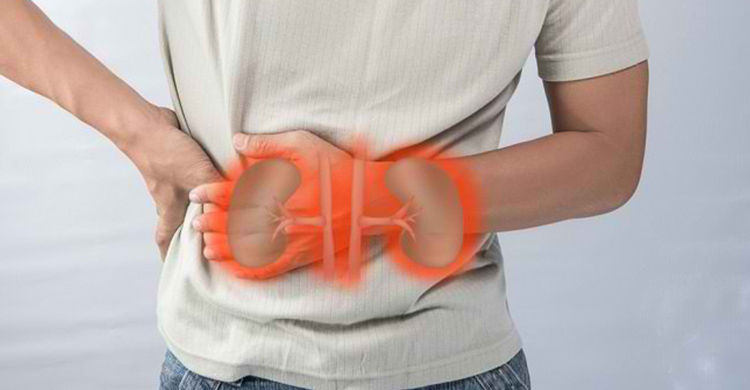
Kidney cysts are fluid-filled sacs that grow in the kidney bean-shaped organs that filter waste from the bloodstream to produce urine. You may have one cyst in one kidney or multiple cysts in both kidneys.
Kidney cysts typically do not cause damage depending on the type of cyst. There are two types of kidney cysts: simple cysts and polycystic kidney disease. Simple cysts are individual cysts formed in the kidney. They have thin walls and contain fluid, such as water. Simple cysts do not damage the kidneys or affect their function.
Polycystic kidney disease (PKD) is an inherited condition that causes many cysts to form in the kidneys. These cysts can damage the kidneys as they grow.
The cause of kidney cysts is not fully understood, but they are not inherited. Men are more at risk of getting this condition, with nearly half of all people aged 50 or older having one or more cysts on their kidneys. The size of these cysts can also increase with age and can double in size every 10 years.
Kidney cysts usually do not cause symptoms. In most cases, a doctor discovers kidney cysts during an ultrasound or computerized tomography (CT) scan performed for other reasons. Cysts can cause:
- Pain on the side of the body, such as in the back or upper abdomen if they grow larger and press on other organs.
- Bleeding
- Becoming infected, feverish, chilled, or other signs of infection
- Disruption of kidney function
- High blood pressure
If kidney cysts do not cause symptoms or complications, doctors may simply monitor the cyst’s progression to ensure it does not cause problems in the future. There are several procedures for examining kidney cysts, including:
- A doctor punctures the cyst with a long needle inserted through the skin using ultrasound for guidance.
- The doctor drains (sucks out) the cyst and then fills the empty sac with a solution containing alcohol; this causes the tissue to harden and reduces the likelihood of recurrence. The wound inside the cyst space is called sclerosis.
- In some cases, the cyst may recur and refill with fluid. The doctor may recommend surgery requiring general anesthesia and a large incision. During the procedure, a surgeon will insert a thin, bright viewing tube called laparoscopy and other instruments to drain the fluid from the cyst and remove or burn its outer wall to prevent it from changing. You may need to stay in the hospital for one or two days after the operation.
Kidney cysts can sometimes cause complications, including:
- Infected cysts, leading to fever and pain.
- Burst and rupture of kidney cysts causing pain in the back or side.
- Urine obstruction when a kidney cyst obstructs the normal flow of urine, leading to kidney swelling (hydronephrosis).
You can reduce the risk of kidney cysts by drinking plenty of water and ensuring you consume less than 2,300 milligrams of sodium per day. It is crucial to evaluate the type and location of kidney cysts. There are often characteristics, such as wall thickness, classification, fluid density, and irregular boundaries of the cyst that may make it more likely to be associated with kidney cancer.




